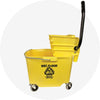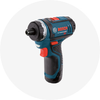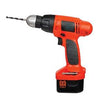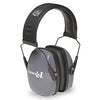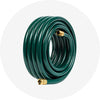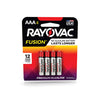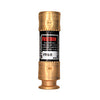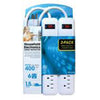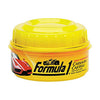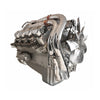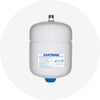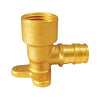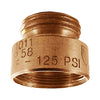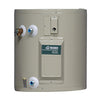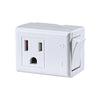Finding the Right Food Storage Containers
∙ min read
Food storage containers are necessary for any home kitchen. They prevent food from spoiling quickly, store leftovers or dry ingredients, like flour and more. Fortunately, if you are in the market for food containers, you have a wide variety of products to choose from. Coming in a range of sizes, shapes, and materials, food storage containers can help you organize your refrigerator or pantry.
If you need assistance choosing the right food container, the following guide can help you find the right product.

Common Storage Container Materials
Plastic storage containers and glass food storage containers are two of the most common types. Glass storage containers are typically more versatile. They can be used in the oven, unlike plastic containers. Unfortunately, glass is heavier and more prone to breaking, which means it isn’t the best option if you need a container on the go.
Plastic storage containers can usually be microwaved but cannot stand high direct temperatures. Subjecting a plastic storage container to direct heat can cause melting, so it is best to limit them to microwave use. Plastic containers are also lighter in weight, so they are perfect for on-the-go meals. Although some consumers believe a glass container is the safer option in chemical leaching, most plastic containers are now BPA-free and safe to use. Glass containers are also the better option for canning.
Polycarbonate containers are less common and the most expensive option when it comes to food storage. They offer crystal-clear clarity and are constructed from shatter-proof material, so they are perfect if you have kids or tend to drop your containers a lot. Polycarbonate containers can withstand temperatures ranging from -40 to 210 degrees Fahrenheit, so there is little need to worry about melting (can be used in the oven) or freezing. They also resist oils and acids, meaning you don’t need to worry about permanent container stains.
Polypropylene containers are very similar to polycarbonate containers, and they also offer a translucent appearance. This means you can see what is in your containers from the outside, so they are ideal if you need to store multiple types of food items in one place. They are entirely BPA-free, meaning you can enjoy their benefits without having to worry about your family’s health. They cannot take as high temperatures as polycarbonate containers, but they can withstand temperatures ranging from -40 to 160 degrees Fahrenheit. There is also no need to worry about permanent staining because they offer high chemical resistance.
Polyethylene containers are one of the most economical options if you are on a budget. They can withstand temperatures ranging from -40 to 160 degrees Fahrenheit and almost always a white color. Polyethylene containers are stain-, impact-, and chemical-resistant, as well as BPA-free. Such containers are primarily used in a restaurant environment, but they are great for home use as well.

The Importance of Container Shapes and Lids
When choosing the best food storage containers, take shape and locking lid type into consideration too. The overwhelming majority of containers are rectangular or round. Rectangular containers are perfect for sides and meals, and they have the advantage of stacking neatly in your cabinets or fridge. Round containers are more suitable for salads and liquids, ideal for carrying condiments and sauces. They also offer faster cooling times and promote proper air circulation.
Some lids have clasps on the side while others press down to close for a tight seal; whichever you choose, both are capable of preventing your food from spilling. Lids without clasps tend to store more effortless, and their construction is usually thinner, but clasps usually offer superior spill protection; for a perfect leakproof container. An airtight lid will be useful for cookies because its lid fits so tightly that no air can get in or out.

Food Storage Container Certifications
Containers may be rated for various uses:
-
Freezer Safe: you need to know if your food containers are freezer-safe before attempting to store them in the freezer. Freezer-safe containers, as their name implies, are capable of withstanding low temperatures. These containers are best if you need to keep food products long-term in the freezer or at very low temperatures.
-
Dishwasher Safe: most food containers can be safely put in the dishwasher, but you should still check the label before attempting to wash your containers. Such containers offer more convenience because they can be placed in the dishwasher with other dishes, with no need to handwash.
-
NSF Listed: more than likely, you won’t need an NSF-listed container for everyday home use. The NSF International’s job is to set sanitation standards for various restaurant and home kitchen products, and in most cases, restaurants need NSF-listed products to pass health inspections. NSF certifications are great to have, but they can be hard to find in run-of-the-mill retail stores.

If you are in the market for new food storage products, you have your pick. The type you choose should be based on your family’s needs, so it can be helpful to make a list of what you are looking for in a container before shopping.
Visit Max Warehouse online to see our huge selection of food storage products that suits your family’s needs.
Shop Food Storage Products Today


